The Viking influence in Britain is everywhere, once you start looking for it. The Vikings didn’t just raid and leave—they settled, traded, and shaped a huge part of British life, from the language we speak to the way we navigate our streets. Some of the most “British” things today can actually trace their origins back to those fierce Norsemen.
The Vikings made their mark across the British Isles, especially in areas like northern England, Scotland, and the Isle of Man. They brought with them new words, customs, and even legal systems. From place names to the food we eat, remnants of the Viking Age are all around us. It’s fascinating how much Viking culture became part of our daily lives without us realising it. Let’s uncover some everyday British things that are more Viking than we might think!
1. Common Surnames
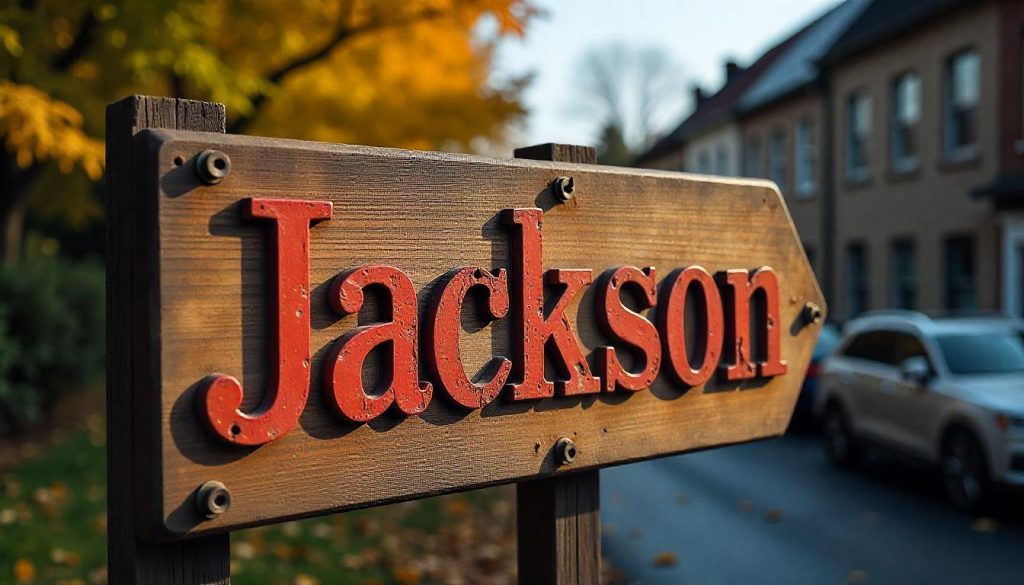
Ever wondered where surnames like “Thorpe” and “Grim” come from? They’re Viking through and through! Names ending in “-son” (like “Jackson” or “Harrison”) are a direct reflection of Viking naming conventions, where a child was identified as the “son of” their father. Many British surnames carry this Norse influence, and it’s a reminder of just how many Viking families settled across the country.
2. Place Names in Yorkshire
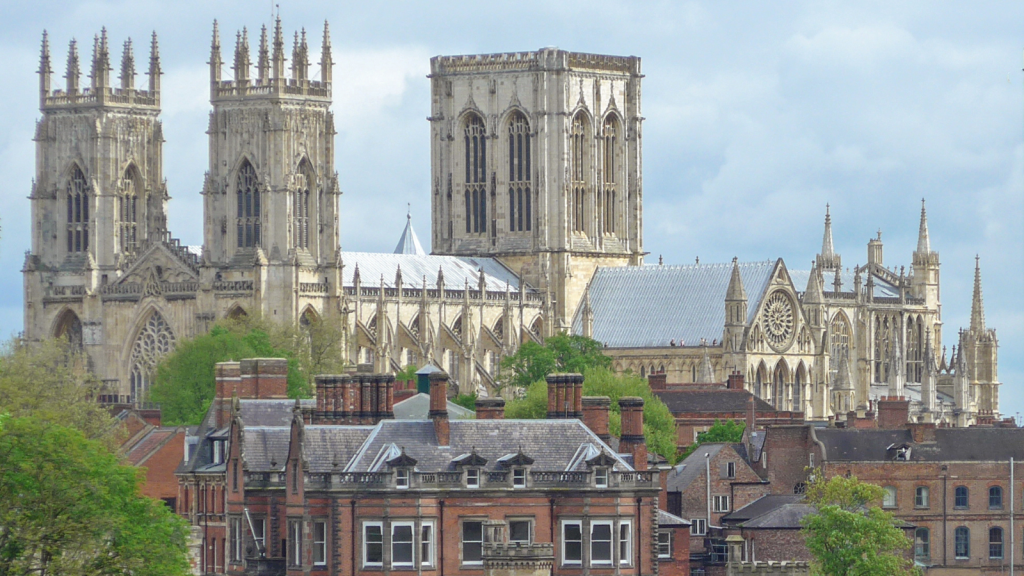
If you’ve ever driven around Yorkshire and noticed place names ending in “-by” or “-thorpe,” you’re looking at Viking history. Places like Grimsby, Selby, and Scunthorpe all owe their names to Old Norse, where “by” meant farm or village, and “thorpe” referred to a smaller settlement. Yorkshire was a central Viking hub, and the landscape still reflects that Norse heritage.
3. The Days of the Week

Believe it or not, we’ve got the Vikings to thank for some of the names of our days. Tuesday comes from the Norse god Tyr, Wednesday from Odin (or Woden), Thursday from Thor, and Friday from Frigg, his wife. These old gods were once central to Viking life, and their influence on our week is still going strong.
4. The British Legal System

While the legal system in Britain has evolved, some elements of Viking law have stuck around. The concept of a jury trial, for example, has roots in Viking traditions. The idea of community involvement in judging wrongdoings was something the Norse settlers practiced, especially in the Danelaw regions of Britain, where Viking rule was strong.
5. The Ridings of Yorkshire

Yorkshire’s ancient division into three “Ridings” is a direct link to the Viking Age. The word “Riding” comes from the Old Norse “þriðing,” meaning “third part.” These divisions, the East, West, and North Ridings, still exist in name today and serve as a reminder of how the Vikings organized the land they controlled.
6. Words in the English Language

The English language is full of words that come from Old Norse. Words like “window” (which literally meant “wind eye”), “sky,” “anger,” and “knife” are all gifts from the Vikings. They’ve influenced the grammar, too, especially in the north of England where you’ll hear phrases like “barn” for a child—straight out of Old Norse.
7. The Danelaw
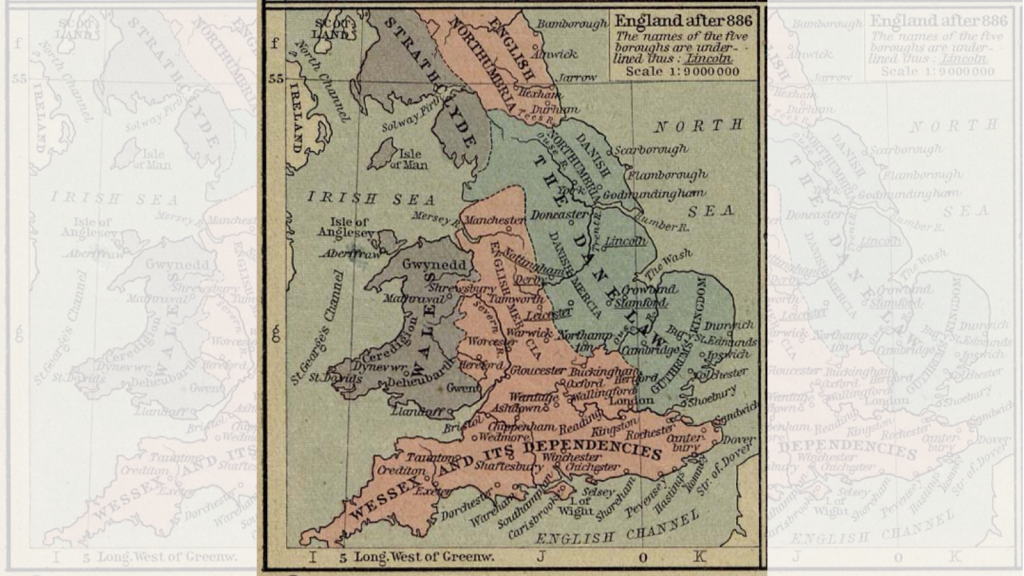
The Danelaw was a Viking kingdom that covered a large part of England, from the North Sea down to London. This area was ruled by Viking laws and customs. You can still feel the Viking influence in this region, particularly in place names and local dialects. The Danelaw was one of the key ways the Vikings left their mark on Britain.
8. Yorkshire Pudding
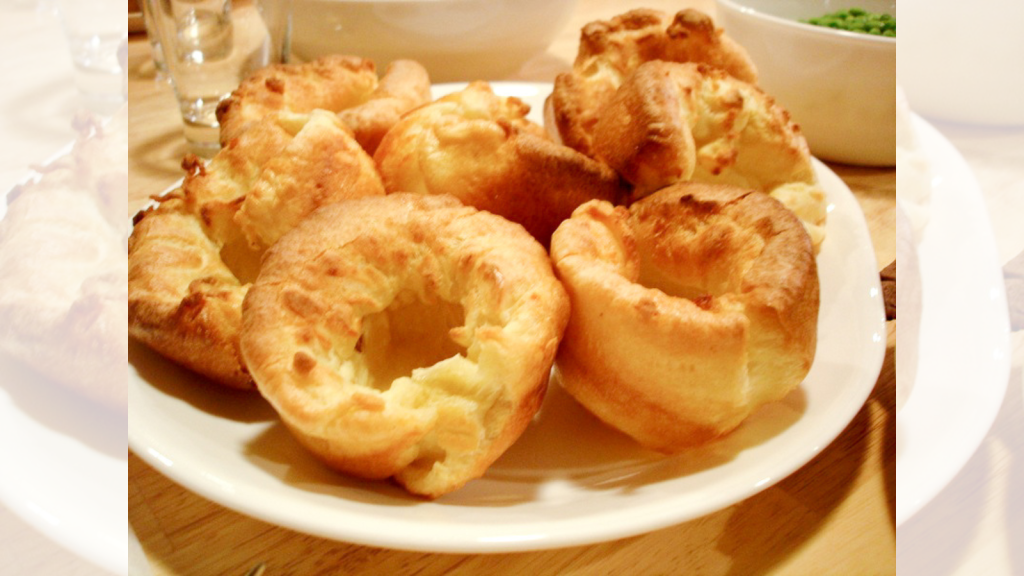
While not a Viking invention, some historians believe the origins of this British favourite could be traced back to the simple, hearty flatbreads the Vikings enjoyed. The idea of making use of leftover batter fits with the Viking no-waste approach to cooking, where every scrap of food was used to survive.
9. The Isle of Man Flag
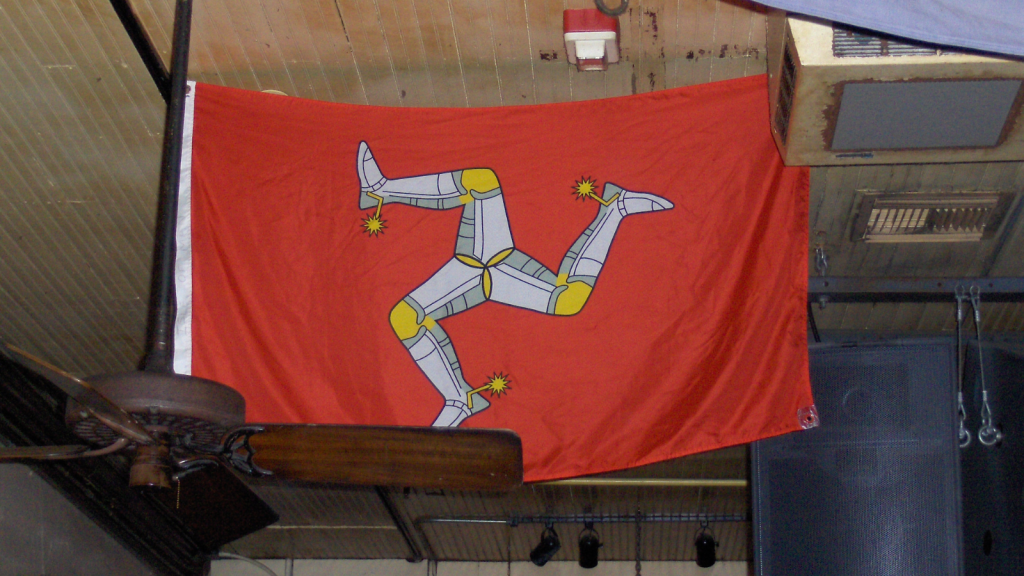
The Isle of Man’s triskelion flag, with its three legs symbol, has its roots in Norse mythology and Viking influence. The island was a significant Viking settlement, and the flag’s unusual design is thought to have links to ancient Norse symbols of power and protection.
10. Football Teams in the North

It’s often said that northern football teams, especially those around Yorkshire and Lancashire, carry the competitive spirit of their Viking ancestors. While that’s a bit of a stretch, it’s true that these regions, with their Viking roots, have a proud, warrior-like history that might just add an extra layer of rivalry to local matches.
11. Ships and Seafaring Traditions

The Vikings were master shipbuilders, and their longships were revolutionary. The coastal areas of Britain, especially places like Orkney, Shetland, and parts of Scotland, still have strong seafaring traditions rooted in Norse maritime culture. You can even see Viking ship designs in some British harbours and festivals celebrating this heritage.
12. The Thingwall in Liverpool
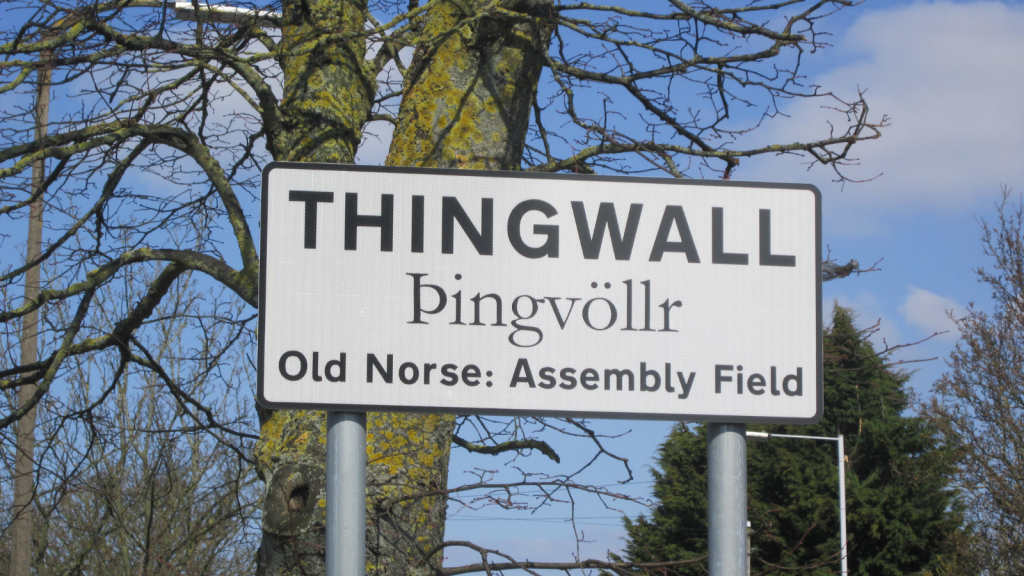
In Liverpool, there’s a place called Thingwall, which directly translates to “assembly field” in Old Norse. It was a site where Vikings held their meetings, or “things,” where important decisions were made. This shows that Viking governance reached as far as the northwest of England, and their legal traditions left an imprint on the land.
13. Knitting Traditions in the Shetlands

Shetland knitting patterns, particularly the famous Fair Isle style, have roots in Viking weaving techniques. The Norse settlers introduced knitting to the islands, and their influence can still be seen in the distinctive designs. Even today, the Shetlands are known for their Viking-style woollen garments.
14. The Hogback Tombs
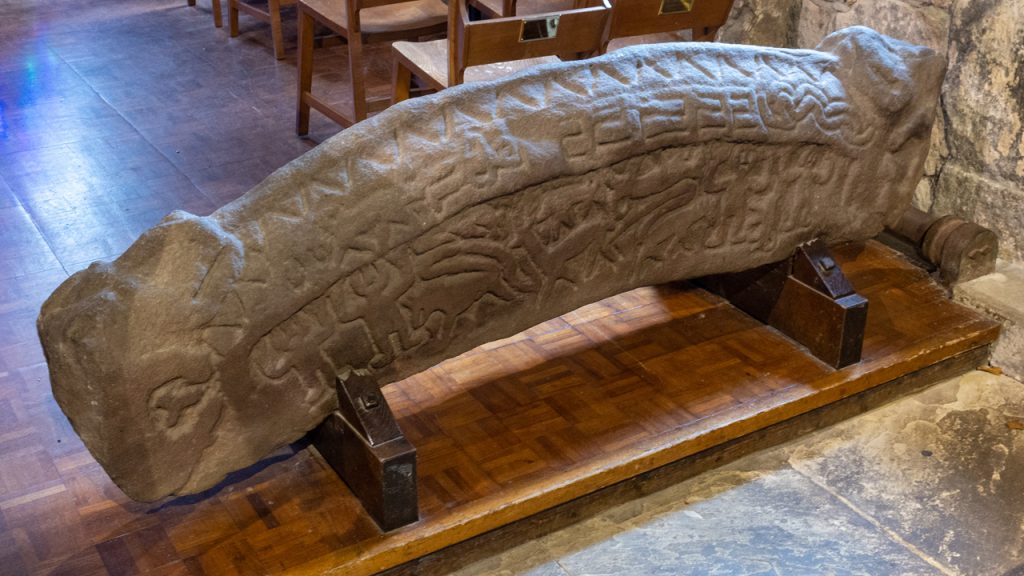
In parts of northern England and Scotland, you’ll find Viking-era hogback tombstones—large, curved grave markers that resemble longhouses. These tombs were a Viking way of honouring their dead and can still be seen today, especially around Cumbria and Northumbria.
15. British Military History

Some historians suggest that certain aspects of British military tactics and organisation may have been influenced by the Vikings. The Viking use of shield walls and their fierce, organised approach to combat likely impacted how medieval armies in Britain fought and defended their lands.
17 Old Wives’ Tales That Are Actually True
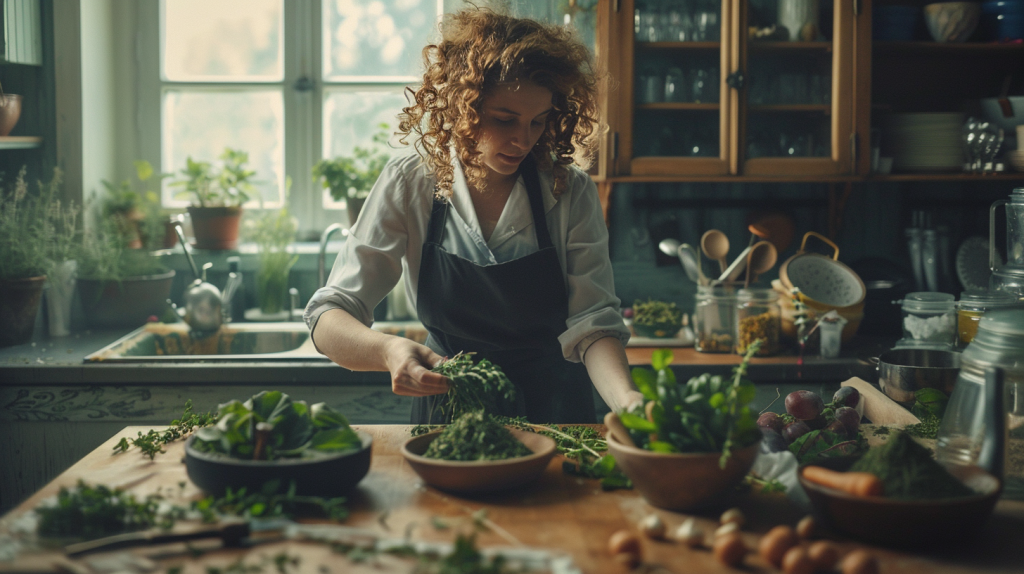
Old wives’ tales have been passed down through generations, often dismissed as mere superstition. However, many of these age-old beliefs are rooted in truth. From health tips to weather predictions, these stories from the past can surprise us with their accuracy. Here are 17 old wives’ tales that are actually true.
Read More: 17 Old Wives’ Tales That Are Actually True
Ellen has been obsessed with logic puzzles, jigsaws, and cryptograms since she was a kid. After learning she was taught how to play chess wrong by a family friend (so they could win), she joined her school chess club and the rest is history.


